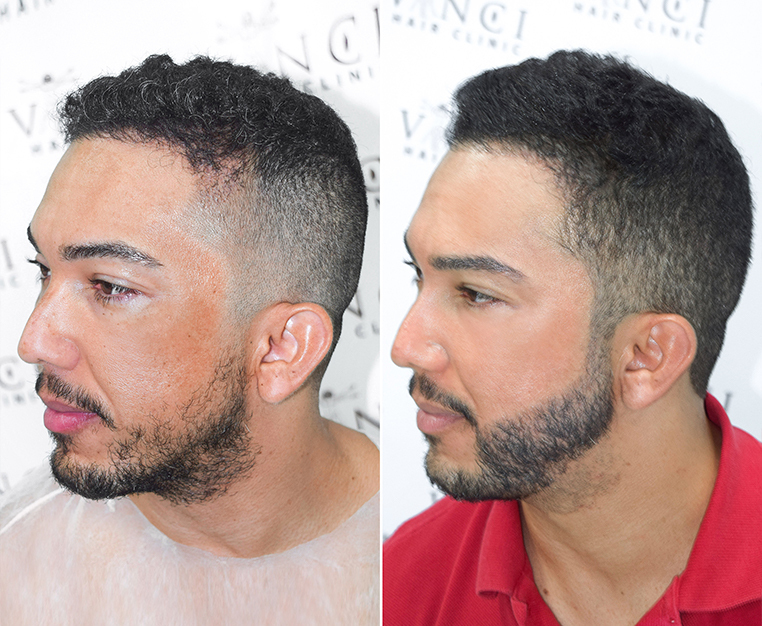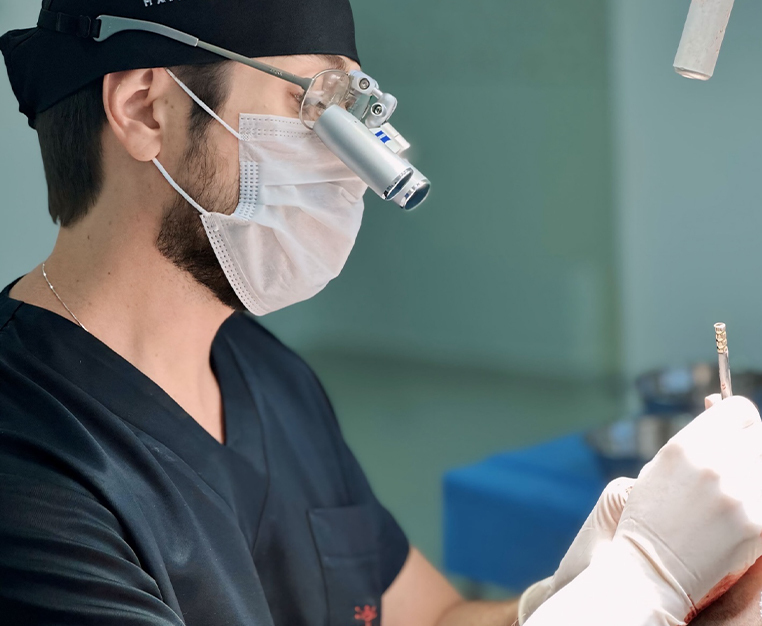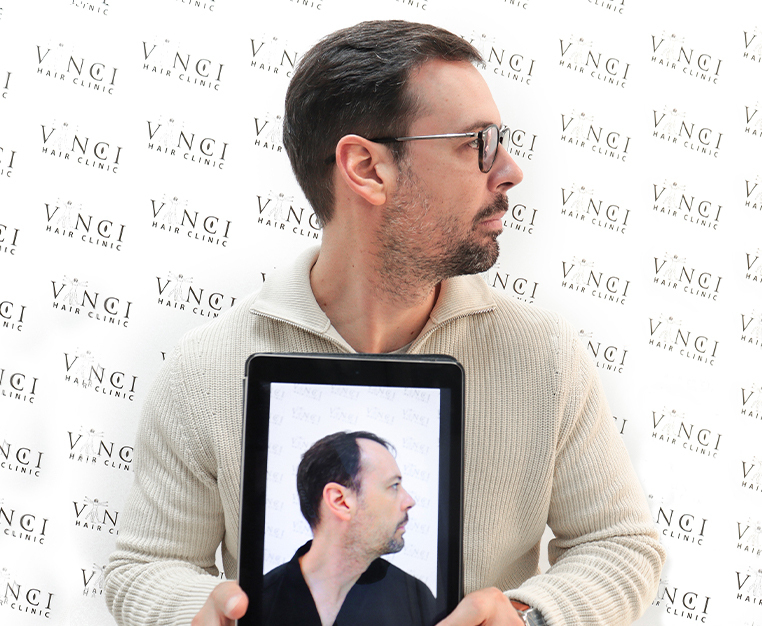The days when you could do nothing about hair loss except watch your strands fall are gone. Science has produced solutions and surgical procedures that are non-invasive and need minimal care after.
To make the most of these treatment options, however, you must select the right treatment for your hair and the most experienced professionals who have treated other clients with similar hair loss conditions.
As Vinci Hair Clinic operates in over 25 countries worldwide, we make sure we stay updated with the most recent treatments to ensure our clients leave satisfied. This article goes over the main factors that lie behind your hair loss and the different treatments that are currently used in the industry. But what is hair loss and why does it occur?
“Why Am I Losing My Hair and How Should I Treat It?”
Both men and women experience hair loss as a result of several factors, some genetic and some environmental. A bad diet, air pollution and severe stress are just three possible causes of the kind of hair loss that can sap your confidence and impact how you perform in your personal and professional life.
Finding the root cause of your hair loss is the first step to treating it properly. A consultation with a hair expert could prevent you from taking unnecessary or inappropriate medications or attempting to reverse your hair loss with the wrong treatment. Your hair loss might not even be an issue at all; what you’re experiencing could simply be the normal hair loss of 100 strands per day that is part of the growth cycle.
However, if your hair loss needs to be treated, there are topical and oral treatments that leave no visible scarring. If these treatments don’t do the trick, hair transplants and other procedures may restore your appearance.
The treatment options include:
- Plasma-Rich-Platelets (PRP) Treatment
- Mesotherapy
- Micro Scalp Pigmentation (MSP)
- Follicular Unit Extraction (FUE) and Follicular Unit Transplantation (FUT) Hair Transplants
- Use of Laser Caps
- Topical and Oral Medications (for example, Finasteride, Minoxidil.)
MSP used in conjunction with laser caps and medications like Minoxidil and Finasteride helps restore your appearance with minimal intervention. However, MSP differs from most treatments because it doesn’t aim to grow back your lost hair but simply create the illusion of hair on your bald areas.
What Is MSP, And How Does It Work?
MSP is a revolutionary non-surgical technique that helps restore the appearance of dense hair. It involves the application of pigment with the same colour as your real hair to depict the hair as fuller and luscious.
The process is carried out with an electric device similar to the one used by tattooists but with small differences that take account of the different requirements of the scalp. The procedure can be explained in five steps:
- The specialist checks your scalp to verify and analyse its flexibility before the procedure begins.
- Appropriate areas are marked for MSP after evaluating the density of the hair.
- The specialists prepare the proper type of pigment which matches as closely as possible your existing follicles’ colour.
- An MSP expert fills the marked areas with the respective type of pigment using small, non-invasive microneedles.
- The procedure is applied by following the angle of natural hair growth. It is completed within six hours.
Compared to regular tattoos, MSP makes use of more organic pigments and avoids pigments with high metal components for a lower impact on the client’s scalp. Also, both processes use different techniques. Tattooing involves scarring and penetrates deeper into the skin while MSP touches more superficial layers of the skin and is applied with a dotting technique.
MSP Longevity and Aftercare
Since this procedure doesn’t actually involve any hair growth, which is a challenging process, its results are much more controllable. This means the treatment yields long-term results provided it is done properly using the right type of ink. With the proper care, MSP can provide a satisfying result for at least six years. Besides the usual care, the pigment might require a touch-up after four years to keep the colours crisp.
After an MSP procedure, the scalp will feel tight as it starts to heal. Care should be taken, therefore, not to apply any pressure by rubbing or stroking it. Besides slowing the healing process, this could cause the scalp to become infected. Even shampooing and showering should be limited immediately following the procedure.
In the five to ten days after the MSP is applied, you should avoid heavy exercise that might cause the scalp to get covered in sweat or damaged from pressure. The scalp needs to recover, and the pigment needs to dry and settle properly. Once recovery is complete, you need to keep in mind two things regarding MSP care:
- At first, the scalp might feel irritated by the ink. To avoid itching and flaking, apply a moisturiser daily to keep the scalp healthy and clean.
- Sun Exposure. The sun’s ultraviolet (UV) radiation can damage the MSP pigments. Wear a hat and apply sunscreen to protect from sun exposure. Better still, reduce the time you spend in direct sunlight.
Final Thoughts
Coping with hair loss can be challenging, but you may not need a hair transplant to restore the look of a full head of hair. Minimally invasive procedures like MSP are quick, accessible and deliver satisfying results. There’s little maintenance involved, and its longevity can be lengthened with a few touch-ups.
At Vinci Hair Clinic, our hair specialists have been performing MSP procedures for years. Take advantage of a free consultation with one of our hair experts. Get in touch and book your appointment today!





